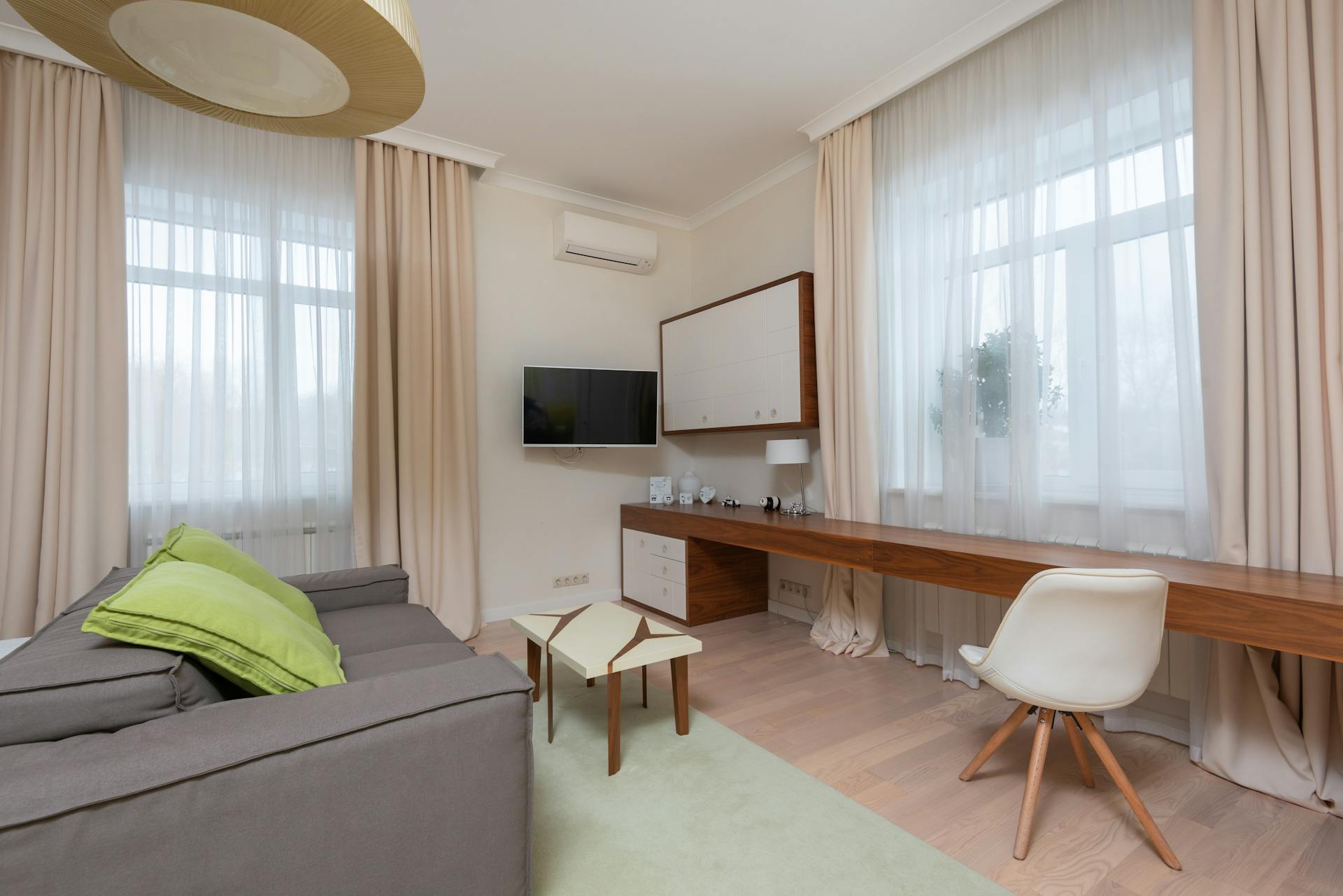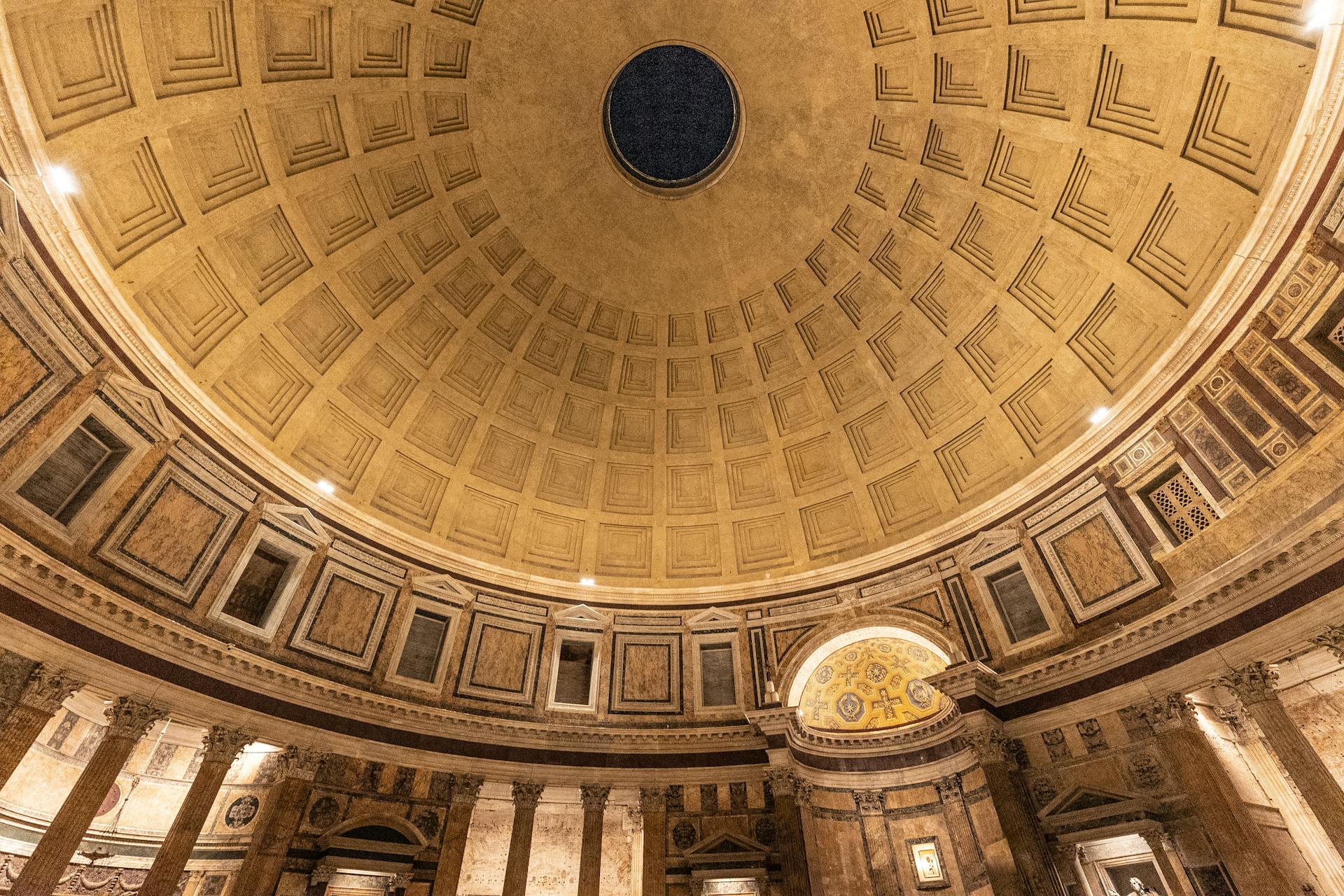
Cross laminated timber architecture is a term that has been making waves in the construction industry lately. It refers to an innovative material that is revolutionizing how we build our homes, commercial buildings, and public buildings. CLT technology involves cross-layering smaller pieces of lumber to create building elements including walls, floors, and roofs. Additionally, CLT fits virtually any building shape, allowing architects to explore more innovative designs.
Cross-laminated timber represents a sustainable future for the construction industry. It offers a myriad of benefits over traditional building materials, such as reducing constructions environmental impact and enabling more efficient building processes. However, there are also some disadvantages special to CLT buildings that require a detailed introduction and in-depth understanding. In this article, we will provide a quick summary of what you need to know about this innovative material and why it may be the key to a more sustainable future for the construction industry.
Quick Summary:
Cross-laminated timber (CLT) serves as a lighter substitute for heavier materials like concrete and standard steel, reducing construction waste and the buildings' carbon footprint. CLT architecture shows promise as an up-and-coming replacement in the industry. London Dalston Works on Kingsland Road is a great example of this - building 69 apartments where exposed CLT was used to create an attractive and warmer exterior.
CLT is a mass timber product made by layering boards of wood at alternating directions using structural adhesive. The alternating fibers make it a strong material that reduces waste in comparison to traditional concrete manufacturing or steel industry practices. Architects are swapping concrete for wood, which has been shown to have less embodied carbon than concrete, lowering buildings' overall carbon footprint.
The Netherlands Environmental Assessment Agency found that cross-laminated timber architecture can reduce greenhouse gas emissions by around 14% compared to traditional methods. With layering boards in alternating directions, it makes the material one of the strongest options available for construction projects. As more builders adopt this new technology, we can hope to see even more ecological benefits from cross-laminated timber architecture.
You might like: Acoustic Design Architecture
Discover this amazing type of construction: CLT Buildings
Cross-laminated timber or CLT buildings are a type of construction that uses CLT panels as the main material for building. This innovative building type is becoming increasingly popular in commercial, residential, and institutional building types. From museums, hospitals, schools, religious structures to offices and other public buildings, CLT buildings are being used everywhere. The unique properties of cross-laminated timber make it an ideal choice for sustainable and eco-friendly construction. Keep reading to learn more about this amazing type of construction!
1. The Mjos Tower
The Mjos Tower is an impressive example of cross laminated timber architecture, standing at 84 meters tall and built using 12 thousand trees. This innovative construction technique utilizes wood as a sustainable and eco-friendly alternative to traditional building materials. With its unique design and towering presence, the Mjos Tower showcases the possibilities of modern timber construction.
2. Brock Commons
Brock Commons is an 18-story student dormitory building located in Vancouver, USA. What makes this building unique is that it was constructed using cross-laminated timber instead of traditional reinforced concrete carriers. Even the elevator blocks were made out of wood! This eco-friendly approach to construction has many benefits and challenges traditional methods. Let's take a closer look at how this building was designed from the ground floor up.
Advantages of Cross-Laminated Timber in Architecture

Cross-laminated timber (CLT) is an innovative building material that has become increasingly popular in architecture due to its numerous benefits. CLT panels are made by gluing layers of wood material together at 90-degree angles, creating a strong and durable structure. One of the biggest advantages of CLT structures is their flexibility in size, making them suitable for a great number of applications.
CLT features durability, sustainability, design flexibility, and cost-effectiveness that traditional building materials including reinforced concrete cannot match. The low weight of CLT buildings compared to concrete structures reduces the damaging effects on the environment and makes it a great option for high-rise buildings. The optimal building materials for walls, roofs, columns, and other structural components are cross-laminated timber construction elements.
The prefabrication making CLT panels assembly highly compatible with simple CLT houses that can be built in just 2-3 weeks. Panels prefabrication and fast construction make it a budget-friendly building material. Cross-laminated timber's wide range of sizes makes it perfect for small-scale items as well as larger projects like entire buildings. Its easy workmanship and fast construction also make it ideal for wide application areas. Additionally, using environmentally friendly materials like CLT lowers carbon emissions compared to traditional building materials such as reinforced concrete.
The Process of Creating CLT Panels: Learn All about It!

Cross-laminated timber (CLT) is an engineered building material that is gaining popularity in the world of architecture due to its durability and strength. The production process of cross-laminated timber involves several controlled steps that result in a strong and stable final product. Firstly, logs are selected depending on their sizes, qualities, and moisture levels. These logs are then cut into smaller pieces and graded based on their quality.
Next, these wood pieces are layered at 90-degree angles to form large cross-laminated timber panels. To remove excess moisture from the wood plates, they are dried in a factory environment. Once the wood is dry, it is bonded together using a strong adhesive to create the desired size of cross-laminated timber panel. Protective finishes can be applied to the surface of the panel to ensure it lasts for many years.
The resulting product is an eco-friendly, sustainable, durable, and strong building material that utilizes natural resources in a way that is produced appropriately for our planet. The production process of CLT ensures that each step is controlled to make sure that the resulting product is of high quality. Cross-laminated timber building materials have been used worldwide for several years now, and it has proven to be a reliable alternative to traditional construction methods.
Understanding CLT: Everything You Need to Know
Cross laminated timber, or CLT, is an innovative building material made by layering wood pieces in odd numbers, such as 3, 5, or 7. These layers are overlapped perpendicularly and glued together to create prefabricated solid wood panels. The outcome material is strong and sturdy enough to withstand tensile forces that are comparable to reinforced concrete.
CLT panels have become increasingly popular in the construction industry due to their ability to serve as carrier elements for floors, walls, roofs, and cladding facades. They can also be used for interior furniture and are particularly useful in the high-rise construction field. The innovative technology behind CLT makes it an attractive choice for architects and engineers looking for sustainable building options that offer both strength and flexibility.
In conclusion, cross laminated timber architecture is a game-changer in the world of construction. From its layering technique to its glue CLT panels, this innovative building material has revolutionized the way we build structures today. With its strength and versatility, CLT panels have proven themselves as a reliable alternative to traditional building materials like reinforced concrete while also offering unique design possibilities for architects and engineers alike.
Frequently Asked Questions
What is the mass timber boot camp?
The mass timber boot camp is a training program that teaches participants about the benefits of using wood as a sustainable building material and how to design and construct buildings using mass timber.
What is laminated timber?
Laminated timber, also known as Glulam, is a type of engineered wood made by gluing together smaller pieces of wood to create larger and stronger structural elements. It is commonly used in construction for its durability and aesthetic appeal.
What is a mass timber building tour?
A mass timber building tour is a guided visit to buildings made primarily of wood, showcasing the innovative use of engineered timber products in construction. Participants can learn about the sustainability benefits and see firsthand how these structures are built.
What is cross laminated timber (CLT)?
Cross laminated timber (CLT) is a type of engineered wood made by bonding layers of timber together at right angles. It is strong, durable, and sustainable, making it an increasingly popular choice for construction projects around the world.
What is the mass timber Conference?
The Mass Timber Conference is an annual event that brings together industry experts and enthusiasts to discuss the benefits of using mass timber in construction. It provides a platform for networking, learning about new technologies, and exploring the future of sustainable building practices.
Featured Images: pexels.com

